Back to Courses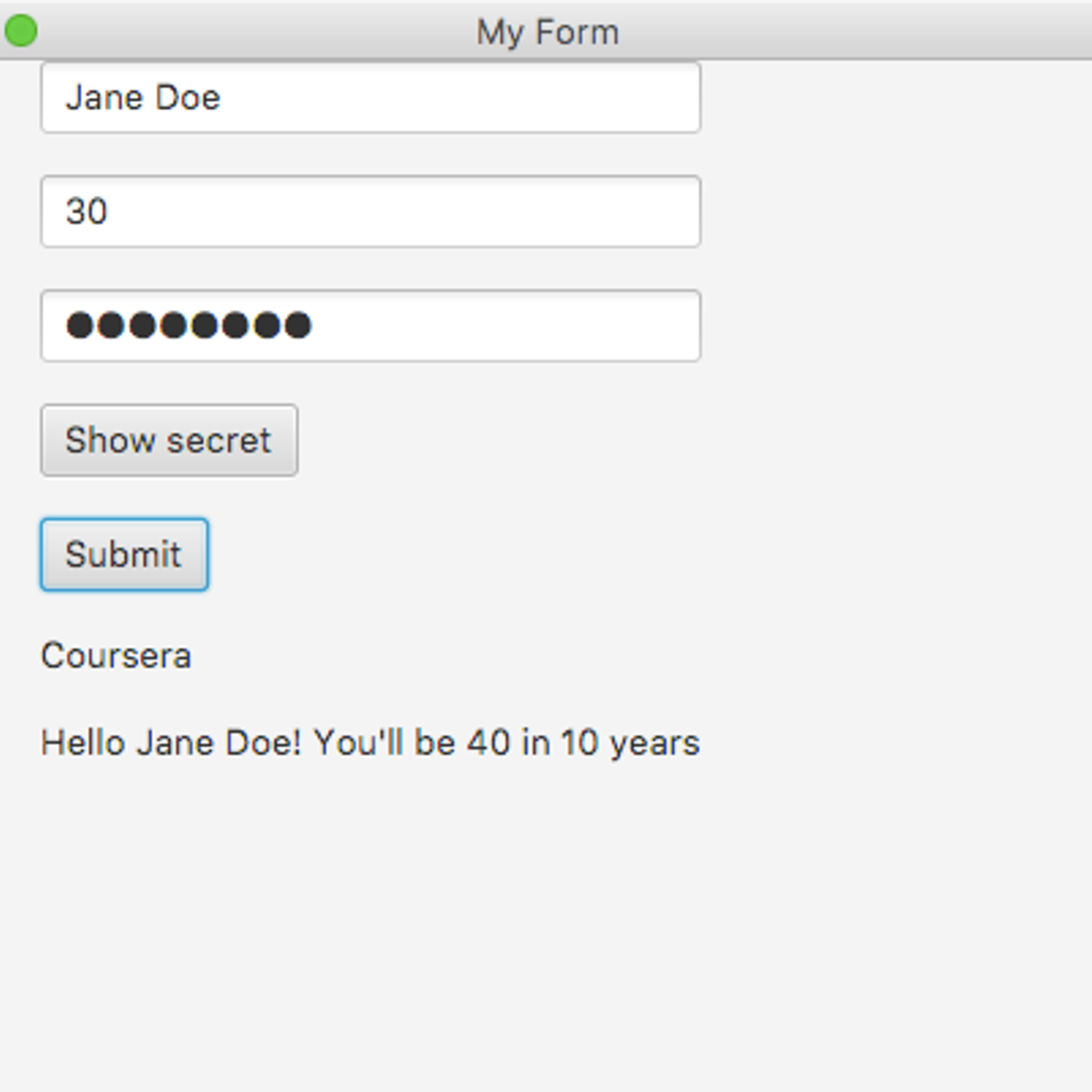
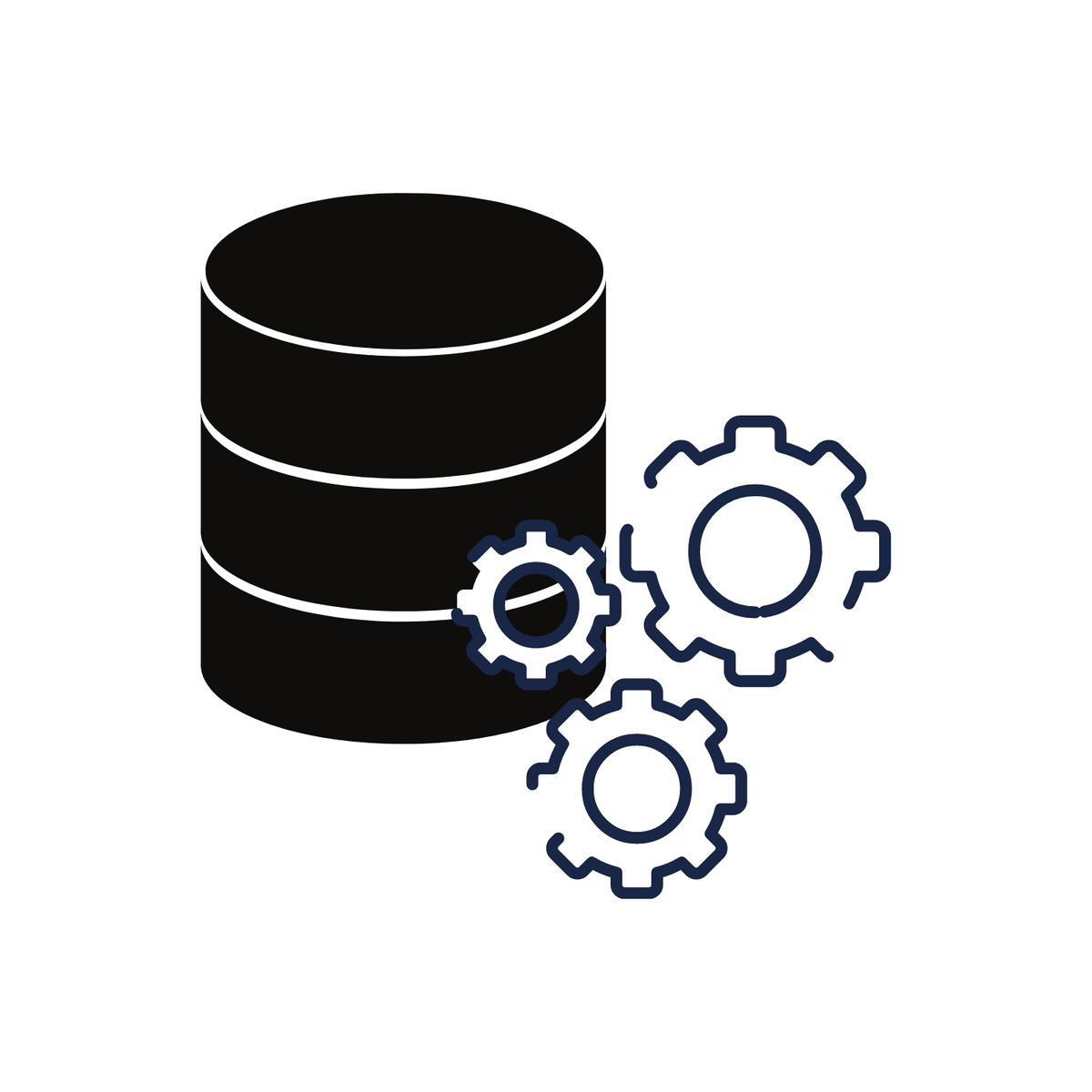
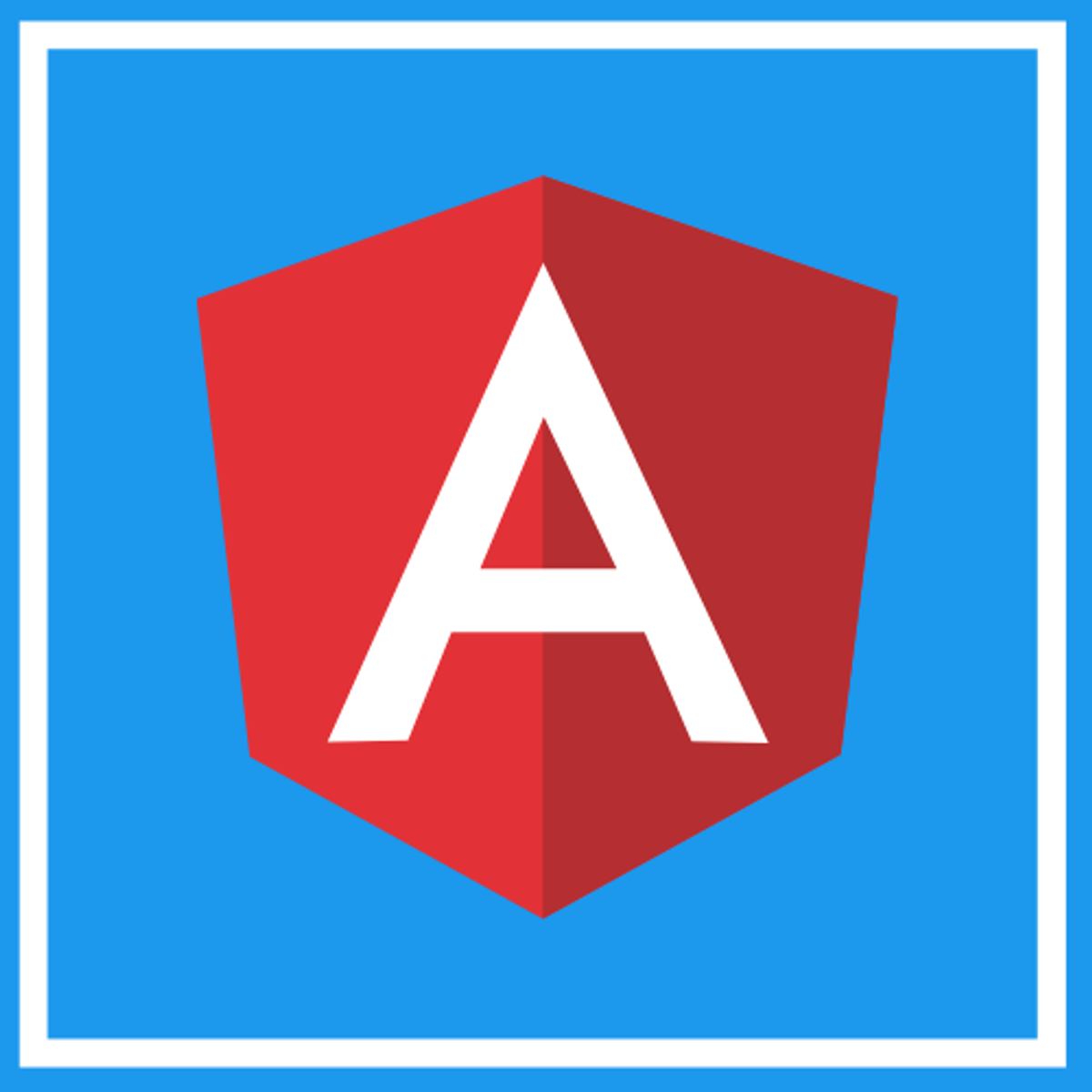
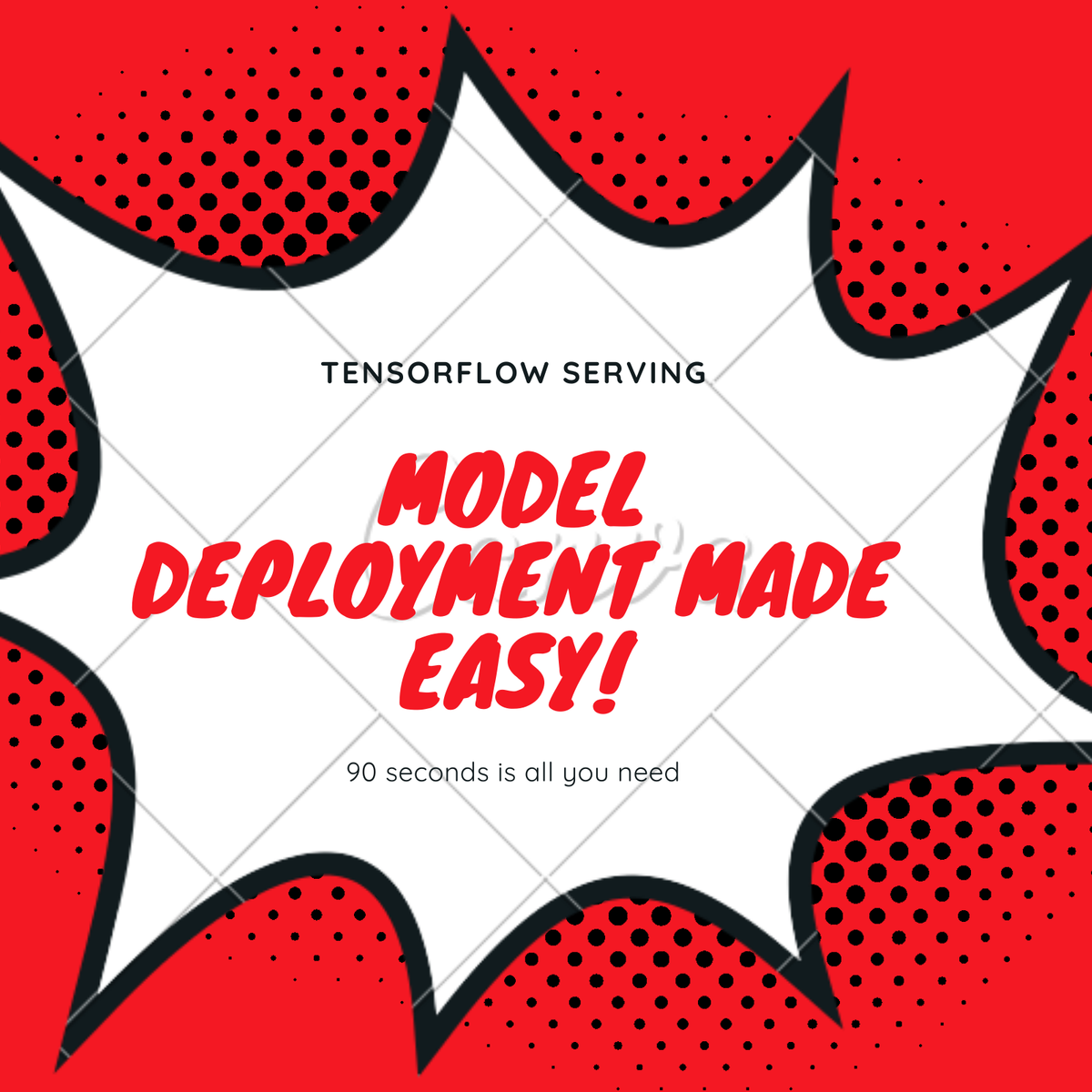
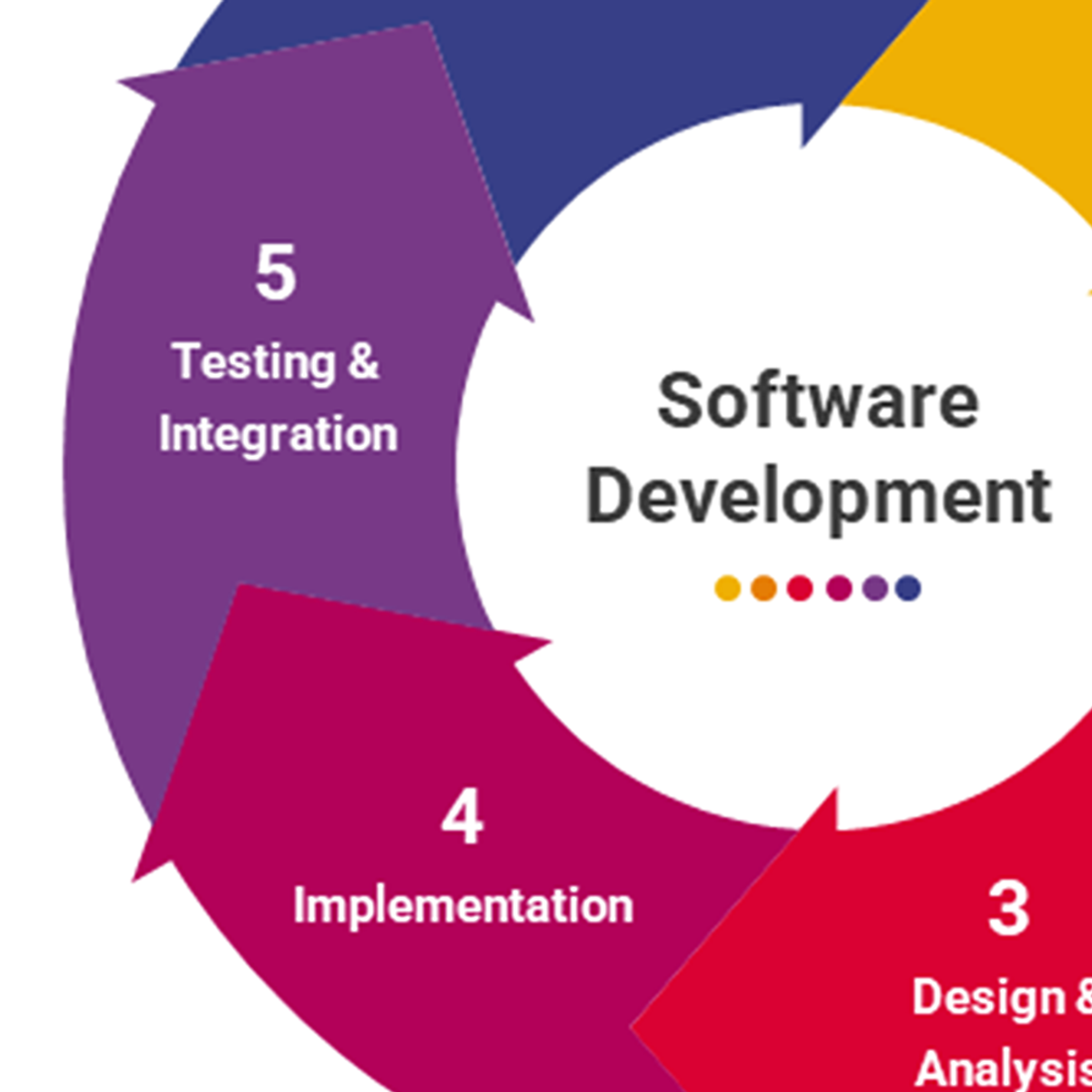


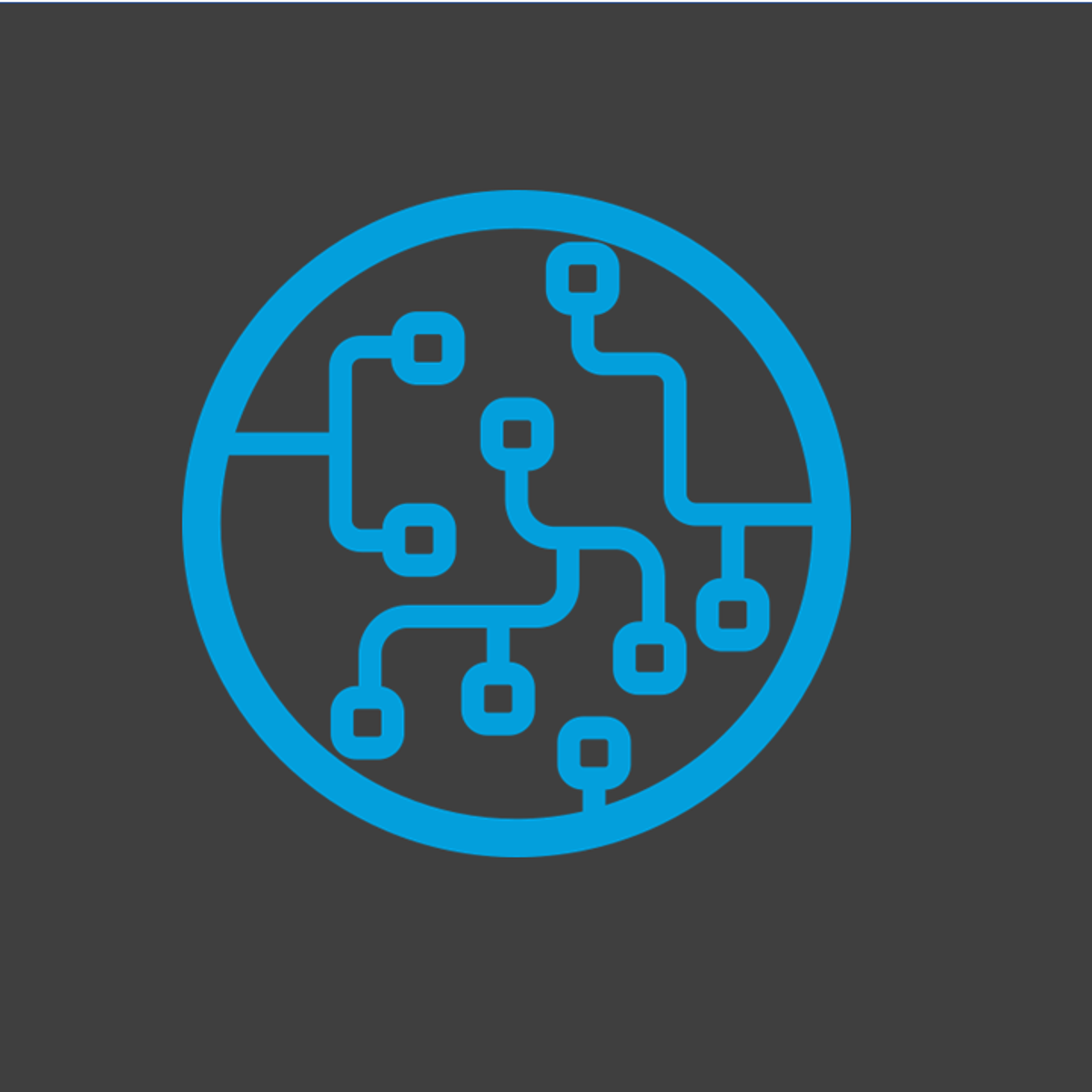


Software Development Courses - Page 99
Showing results 981-990 of 1266

Create your first GUI application in jGRASP using JavaFX
This project provides a step-by-step approach to instruction to equip you with fundamental concepts in Graphical User Interface (GUI) programming using JavaFX, from the ground up. Using jGRASP development environment, you will create a program that accepts as input your name and age, and upon clicking a button, display your name and your age. By creating this project, you will master the concepts of using labels, text fields, password text field, grid pane, buttons, and a button event in Java programming with the JavaFX framework.
If you are a beginner and this is your first course in Java GUI programming you will benefit from writing a program from a blank sheet to a fully functioning program. If you already have GUI programming experience using JavaFX, this is an opportunity to refresh your skills by going back to basics. No matter your level, you will be able to apply the skills obtained from this course in real-life programming exercises. To provide you with support outside the course, you will find a pool of additional notes and exercises that you can try at home.
If you ever wanted to become better at GUI programming using JavaFX by building on your fundamental skills, this project is the right place to start!

Data-Driven Testing (via Database) with Selenium & Nunit
Selenium is one of the most famous UI test automation tool which works well with the NUnit testing framework.
Data-Driven testing is test design and execution strategy where test data is external to your functional tests. One of the ways is to keep the test data in external source like a database.
The library used to read data from the database (MySql) is MySql.Data
In this two hours guided project, through hands-on, practical experience, you will go through concepts writing reusable and structure code, writing utilities to read test data from an external source like database, and derive test cases through these test data.

Build CSS3 Flexbox Holy Grail Layout in Angular
In this beginner level project, you will implement and build responsive CSS3 Flexbox Holy Grail Layout in Angular which will be helpful in building modern web and mobile layouts. The pre-requisite for this guided project is have background in HTML,CSS, JavaScript/TypeScript, Flexbox and basics on building blocks of Angular Applications.

TensorFlow Serving with Docker for Model Deployment
This is a hands-on, guided project on deploying deep learning models using TensorFlow Serving with Docker. In this 1.5 hour long project, you will train and export TensorFlow models for text classification, learn how to deploy models with TF Serving and Docker in 90 seconds, and build simple gRPC and REST-based clients in Python for model inference.
With the worldwide adoption of machine learning and AI by organizations, it is becoming increasingly important for data scientists and machine learning engineers to know how to deploy models to production. While DevOps groups are fantastic at scaling applications, they are not the experts in ML ecosystems such as TensorFlow and PyTorch. This guided project gives learners a solid, real-world foundation of pushing your TensorFlow models from development to production in no time!
Prerequisites:
In order to successfully complete this project, you should be familiar with Python, and have prior experience with building models with Keras or TensorFlow.
Note: This course works best for learners who are based in the North America region. We’re currently working on providing the same experience in other regions.

Software Engineering: Implementation and Testing
Software Development Life Cycle (SDLC) is the process of developing software through planning, requirement analysis, design, implementation, testing, and maintenance. This course focuses on the implementation and testing phases of SDLC, and you will examine different software development processes for large software systems development, and understand the strengths (pros) and weaknesses (cons) of different software development processes. You will also encounter defensive programming techniques to prevent software bugs during implementation, and learn how to test your system thoroughly using different types of test cases.
Basic object-oriented programming (OOP) concepts are required for topics covered in defensive programming and object-oriented testing. Implementation is driven by the UML models derived from requirement analysis. It is recommended to take the course "Software Engineering: Modeling Software Systems using UML" before attempting this course, but it is not a hard requirement.

Python for Data Visualization:Matplotlib & Seaborn(Enhanced)
In this hands-on project, we will understand the fundamentals of data visualization with Python and leverage the power of two important python libraries known as Matplotlib and seaborn. We will learn how to generate line plots, scatterplots, histograms, distribution plot, 3D plots, pie charts, pair plots, countplots and many more!
Note: This course works best for learners who are based in the North America region. We’re currently working on providing the same experience in other regions.

Getting started with AWS Elastic Container Registry (ECR)
In this 1-hour long project-based course, you will have hands-on experience with AWS Elastic Container Registry (AWS ECR) using AWS CLI. Amazon Elastic Container Registry (ECR) is a fully managed container registry that makes it easy to store, manage, share, and deploy your container images and artifacts anywhere. Amazon ECR eliminates the need to operate your own container repositories or worry about scaling the underlying infrastructure. Amazon ECR hosts your images in a highly available and high-performance architecture, allowing you to reliably deploy images for your container applications. You can share container software privately within your organization or publicly worldwide for anyone to discover and download. By completing the steps in this guided project, you will successfully learn how to push and pull and docker images to and from the AWS Elastic Container Registry within the AWS Free Tier.
Note: To avoid distraction for set up during the course, we would recommend that you create an Amazon AWS account beforehand. Amazon AWS provides a free tier option for 1 year & the course materials will utilize services that fall under the free tier option.

Mining Quality Prediction Using Machine & Deep Learning
In this 1.5-hour long project-based course, you will be able to:
- Understand the theory and intuition behind Simple and Multiple Linear Regression.
- Import Key python libraries, datasets and perform data visualization
- Perform exploratory data analysis and standardize the training and testing data.
- Train and Evaluate different regression models using Sci-kit Learn library.
- Build and train an Artificial Neural Network to perform regression.
- Understand the difference between various regression models KPIs such as MSE, RMSE, MAE, R2, and adjusted R2.
- Assess the performance of regression models and visualize the performance of the best model using various KPIs.

React - Fundamentals of state management in class components
By the end of this course you will have a solid grasp of state management fundamentals in React applications using the setState() utility in class components. We will start by focusing on the core concepts of state management reinforced by code examples which start off simple to drill the concepts, then we will go deeper into understanding the asynchronous nature of the setState() method, and how we can work with this to achieve what we want.
This course is aimed at developers who are familiar with React and state management in general, understand the basics well, and would like to have some more experience, especially using some of the more advanced and dynamic development patterns in React.

Getting Started with Cloth System in Unity 2021
Cloth-like movement adds a whole, new degree of realism to games and simulations. Though cloth is ordinarily computationally expensive and complicated to set up, the effect fully justifies the effort. Fortunately, Unity has a basic cloth system that is easy to use and produces very good results for character clothing, flags, banners and whatever else a designer can conceive.
In this one-hour, project-based course, you'll learn how to use Unity's cloth system to create a banner, a flag and dynamically moving clothing. You'll learn how to configure the cloth's properties to mimic different fabrics and apply a wind effect to produce some natural movement even in stationary objects.
The guided project will introduce you to the following Unity concepts:
-Cloth
-Capsule and Sphere Colliders
Popular Internships and Jobs by Categories
Browse
© 2024 BoostGrad | All rights reserved


